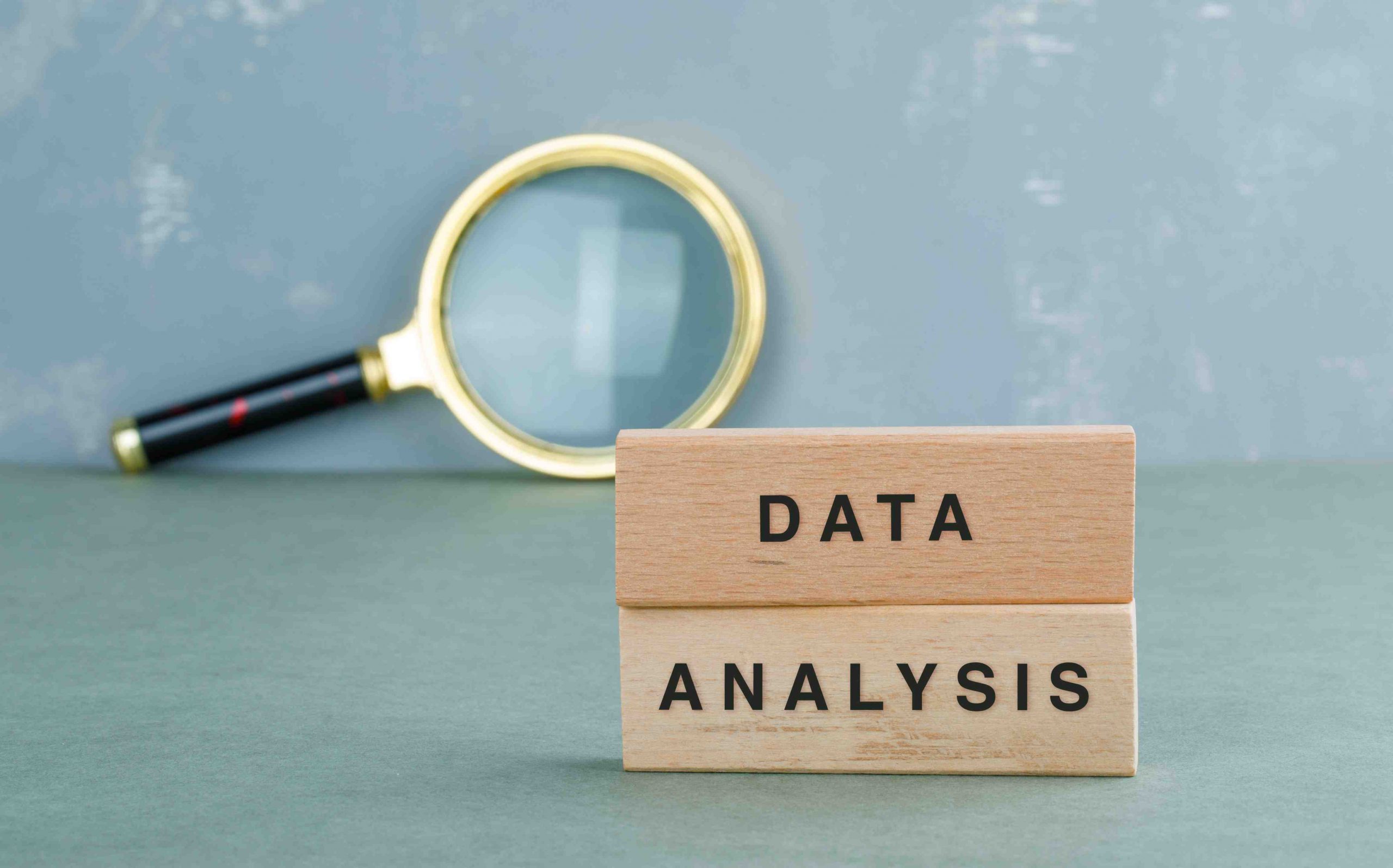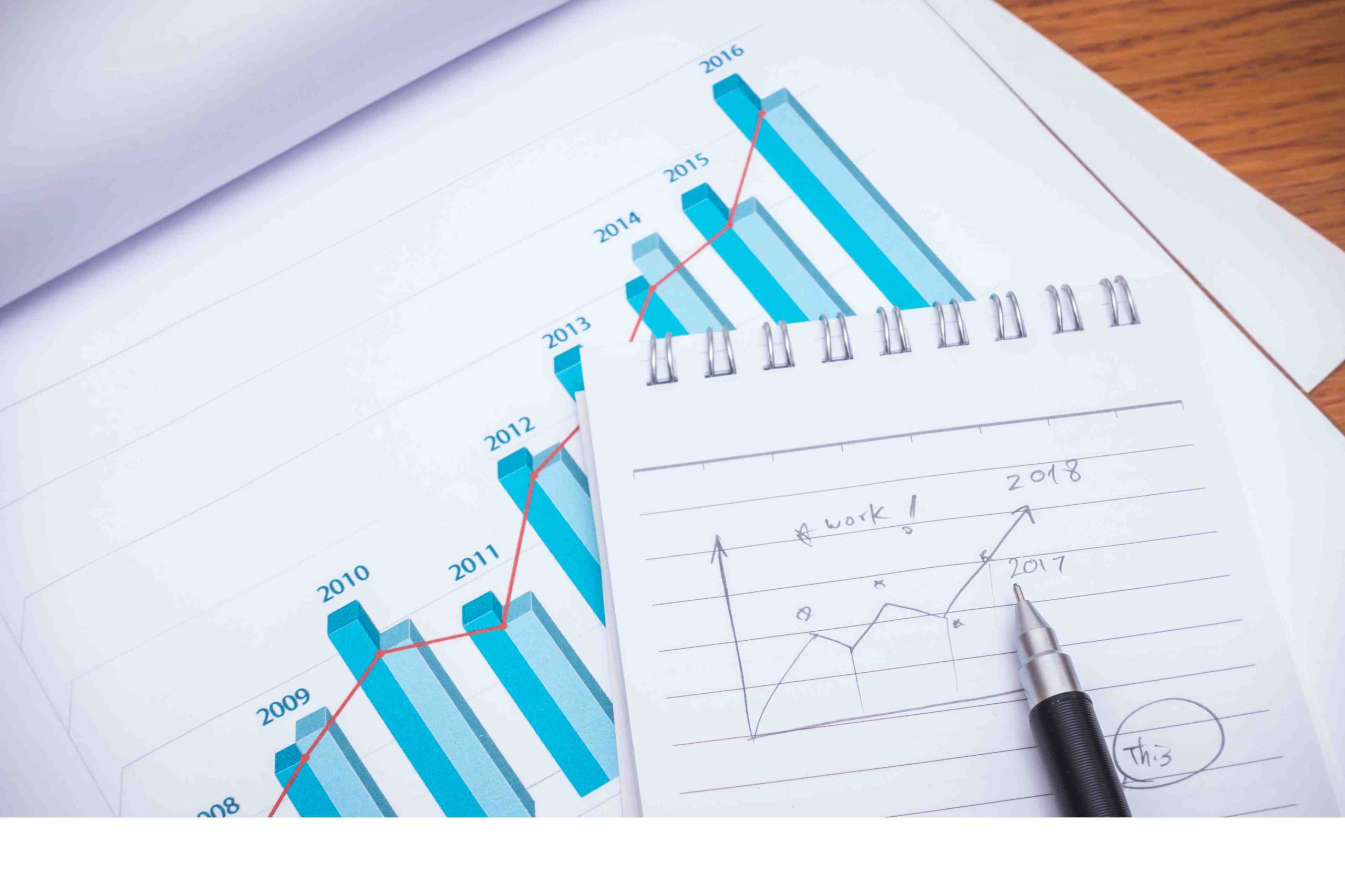Subscribe
Subscribe to EduBridge Blogs
In recent times, AI and advanced data analytics has been striving tremendously. The branch of collection and data storage are making headlines every day. With the value, the stream of statistics brings to the table, a job prospect in data analytics is more lucrative than ever.
It is reasonable why data analytics has become a popular career choice for many aspirants. But with the ignited popularity, more questions associated with this branch are emerging; what exactly is data analytics, what are the types of data analytics, how to pursue a career in data analytics, etc. In this comprehensive post, we will explore all these questions for you.
What is Data Analytics
Before understanding the various types of Data Analytics, let us first understand what is Data Analytics?

Collecting data is a common notion for most companies to execute; however, how that relates to data analytics is another discussion. The data stored in company servers are mainly in raw format, which only has quintessential value to it once we perform data analytics on it.
Data Analytics is a process of evaluating the pre-collected data in company servers to extract meaningful or actionable information that can help the organisation in various ways. A data analyst is subsequently hired to conclude essential insights from the data, organise it, process it and transcribe it into coherent and accessible information. Such operations would equip a company with relevant content that they can use to plan their business model and, in this way, becomes highly profitable.
What are the 4 Main Types of Data Analytics
Once you’re introduced to the basic concept of data analytics, let’s understand the what are the 4 types of data analytics.
Descriptive Analytics
Descriptive analytics is considered more basic and straightforward compared to the other types of data analytics. Descriptive analytics processes the data and concludes what has already occurred in the past. The two main techniques in this type of data analytics involve data aggregation and data mining. Here an analyst will brief or (aggregate) the data and later mines it to deduce any specific pattern. The significance of this stage stems from its deliverance of historical statistics and establishing a cause-and-effect relationship from those specifics.
Diagnostic Statistics
Diagnostic statistics is a type of data analytics which helps us determine the “why” factor in the deduced pattern of the data. Thus, while executing this stage, analysts aim to draw out any irregularities within the statistics or odd information that cannot be interpreted from the presented data.
For instance, if the data displays a sudden growth or a sudden drop in sales in a specific month, the analysts will have to investigate further to answer why it may have happened. And to pursue the cause, they must study any associated data or events that fall under the discovery phase of diagnostic statistics. Ultimately, the stage ends with a probable hypothesis based on which the remaining data analytics types are evolved.
Predictive Analytics
Predictive analytics attempts to predict forthcoming events based on the hypothesis generated in the diagnostic type of data analytics.

This is where analysed data becomes actionable insights for companies by helping them draft their next step in the business plan. The objectives of the inferred steps can be to either fleece the upcoming growth in demand or avoid any impending drop in product sales; both contributes to revenue increase for the company. And this can only be attempted by the estimations made in predictive analytics.
Prescriptive Analytics
Building on the predictions from the above data analytics types, prescriptive analytics involves taking necessary actions to increase the profit margin from the upcoming surge or dip in company growth. While attempting prescriptive analysis, a data analyst will try to assess various courses of action and ultimately suggest the one that will be the most beneficial for the brand. Out of the 4 types of data analytics, prescriptive analytics is widely considered the most complex stage due to including intricate actions that directly impact a company’s future processes.
How to Learn Data Analytics
Upon reading about what data analytics entails, knowing how to learn Data Analytics is the next step in the right direction. The process is much simpler than one assumes and only requires a basic understanding of Mathematics, Statistics, Programming and Languages.
Furthermore, there is an abundance of beginner-level courses and learning programs that teaches extensive data analytics that one can join. Thus, there is no need to be intimidated by this branch of study since it is a great time to be aspiring to become a data analyst.
Interested in Learning Data Analytics?
The program is tied up with a 110% job guarantee which means that you will be suitably placed on a job with a renowned multinational as soon as your program ends. Our Dedicated Placement Manager Services will help you with suitable placement opportunities, give you the opportunity to choose for a profile that fits you. Since the certification is co-created with promising multinational you are job ready from day one.
If you are interested in learning Data Analytics, you can log on to www.edubridgeindia.com, and register for the IBM Advanced Certification Program in Data Analytics.”
Recent Blogs
Accelerate Your Career with Expert Guidance and Guaranteed Job*!
"*" indicates required fields








